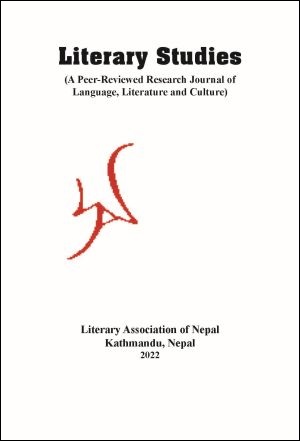Dead Body as a Terrifying Object: Body Politics in Rabindranath Tagore’s “Living or Dead?”
DOI:
https://doi.org/10.3126/litstud.v35i01.43676Keywords:
Body politics, terrifying object, death, living body, death ceremony, power politics, performanceAbstract
The paper is an attempt to examine body politics in Rabindranath Tagore’s short story “Living or Dead ?” Basically, it tries to answer why people behave differently with a dead and a living body and what is the politics behind it, through the life of Kadambini, the protagonist of the story. The story revolves around the life and death of Kadambini. She is a poor widow. When she is believed to be alive everyone treats her kindly. She is in a way epitome of kindness. She fosters the son of Jamindar. But when she becomes unconscious people think that she is dead. On the way to the burning ground, the Brahmins who take her body engages in other kinds of stuff. At the same moment, she gets her consciousness back but everyone thinks that she is already dead and becomes a ghost and walks away. When she comes back home suddenly she becomes a terrifying object. Everyone frightens with her even her own foster son. So, his paper argues that people behave living and dead bodies differently especially the word “death” itself performs a horror factor in Tagore’s “Living or Dead?” Thus, the paper explores how the words living and dead play the role of power dynamics and change people’s perceptions about the same body. To elucidate this statement Foucault and Butler’s ideas on body politics are used.
Downloads
Downloads
Published
How to Cite
Issue
Section
License
© Literary Association of Nepal (LAN)

